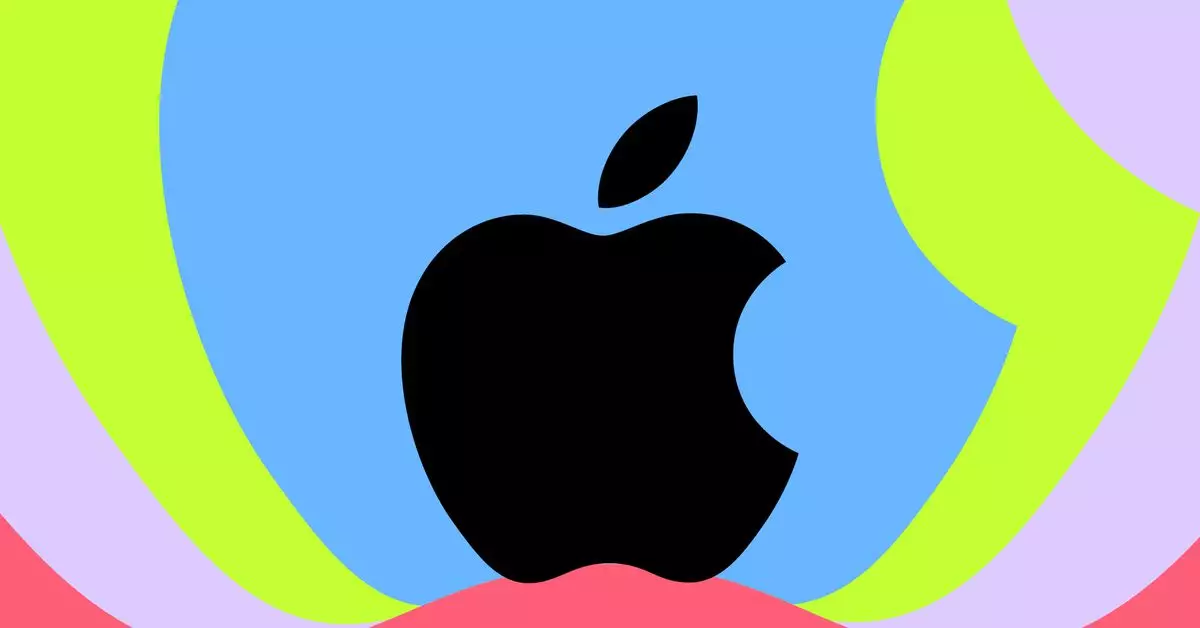Apple’s relentless pursuit of innovation continues to shape the tech landscape, and the much-anticipated iPhone 17 Air promises to be a testament to this ethos. Recent insights from Bloomberg’s Mark Gurman suggest that Apple has chosen the moniker “iPhone 17 Air” for this sleek device, which is likely to debut in the upcoming fall season. The choice of the name alone signals a shift towards prioritizing thinness and portability, echoing previous models like the MacBook Air and iPad Air, which set new standards for compact design in their respective categories.
One of the most striking features anticipated in the iPhone 17 Air is its impressive slim profile, reportedly about 2 millimeters thinner than current models. With thickness estimates hovering between 5.5mm and 6.25mm, this new entrant is poised to challenge even the legacy of the iPhone 6, which has held its own as one of the slimmest iPhones to date. This focus on minimalistic design is not merely aesthetic; it plays a crucial role in Apple’s long-term vision for foldable devices, which require advanced engineering and materials to be both functional and durable.
Pioneering Future Technologies
The iPhone 17 Air is set to serve as a testing ground for groundbreaking technologies. Gurman posits that it may be among the first Apple devices to feature the company’s in-house cell modem, codenamed Sinope, following its introduction in the forthcoming iPhone SE. This strategic move towards developing proprietary hardware represents Apple’s ambition to have greater control over its technology stack and enhance performance across its devices.
On the visual front, the iPhone 17 Air is rumored to sport a 6.6-inch ProMotion OLED display, incorporating Apple’s 120Hz variable refresh rate technology. This feature, which has primarily been available on the Pro models thus far, would provide users with a stunning visual experience, allowing for smoother scrolling and improved dynamics. Moreover, the device is expected to feature a simplified camera setup—boasting a single 48-megapixel lens on the back along with a 24-megapixel selfie camera. This could signify a shift in Apple’s approach to mobile photography, focusing on quality rather than an abundance of lenses.
Rumors suggest that the iPhone 17 Air will be powered by the next-generation A19 chip and will include a robust 8GB of RAM. Such specifications signal an emphasis on performance, especially for enabling advanced features rooted in Apple’s AI capabilities, often termed Apple Intelligence. With these enhancements, users can expect a smoother and more responsive mobile experience, further establishing Apple’s dominance in the tech industry.
As we look forward to the release of the iPhone 17 Air, it’s clear that Apple is not just evolving its product line but is also laying the groundwork for future innovations. By focusing on thinner designs, advanced technology, and superior performance, Apple appears to be strategically positioning itself for the next frontier in mobile technology—a move that could redefine how consumers interact with their devices. The iPhone 17 Air might just be the harbinger of the next wave of smartphone evolution.

